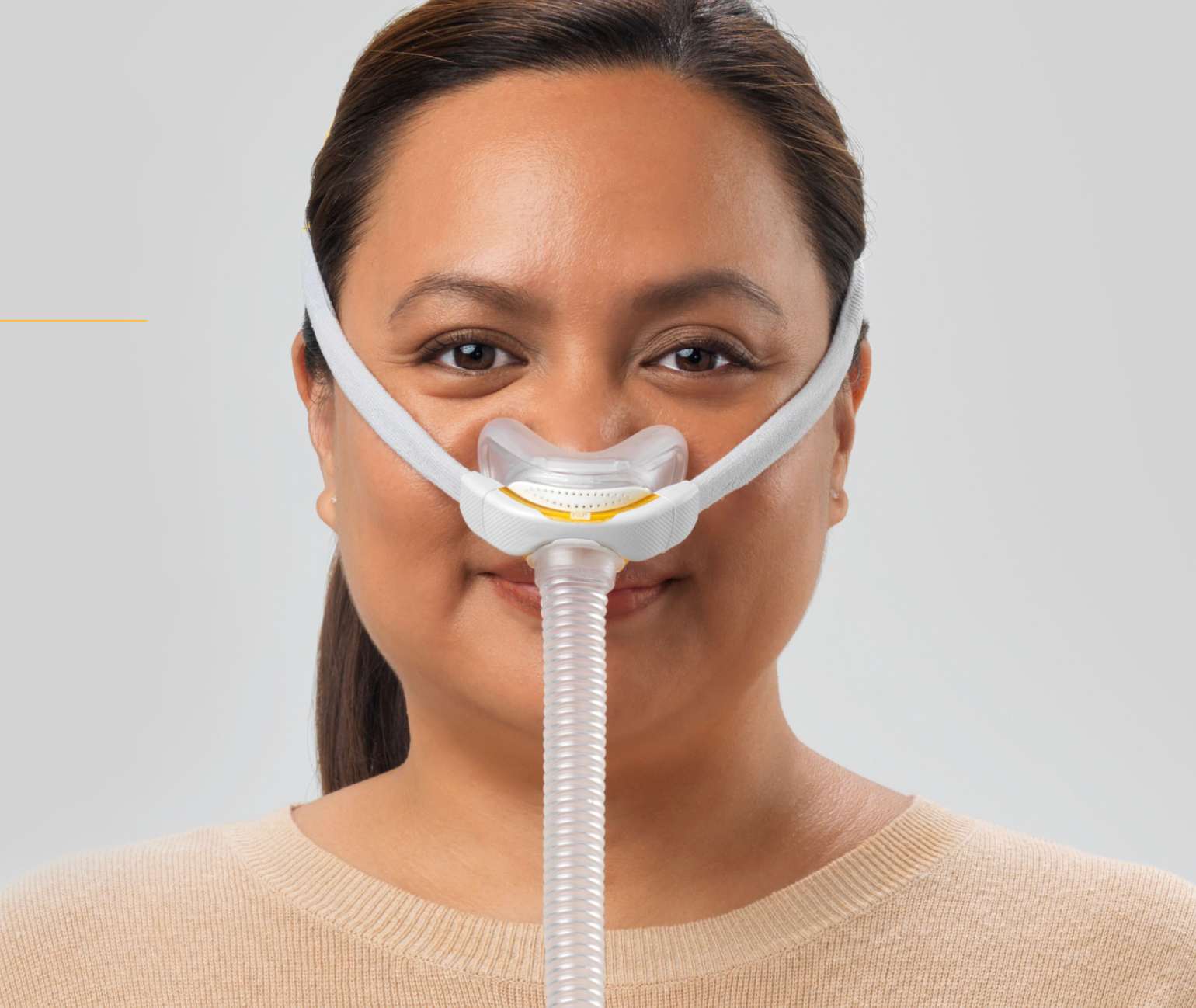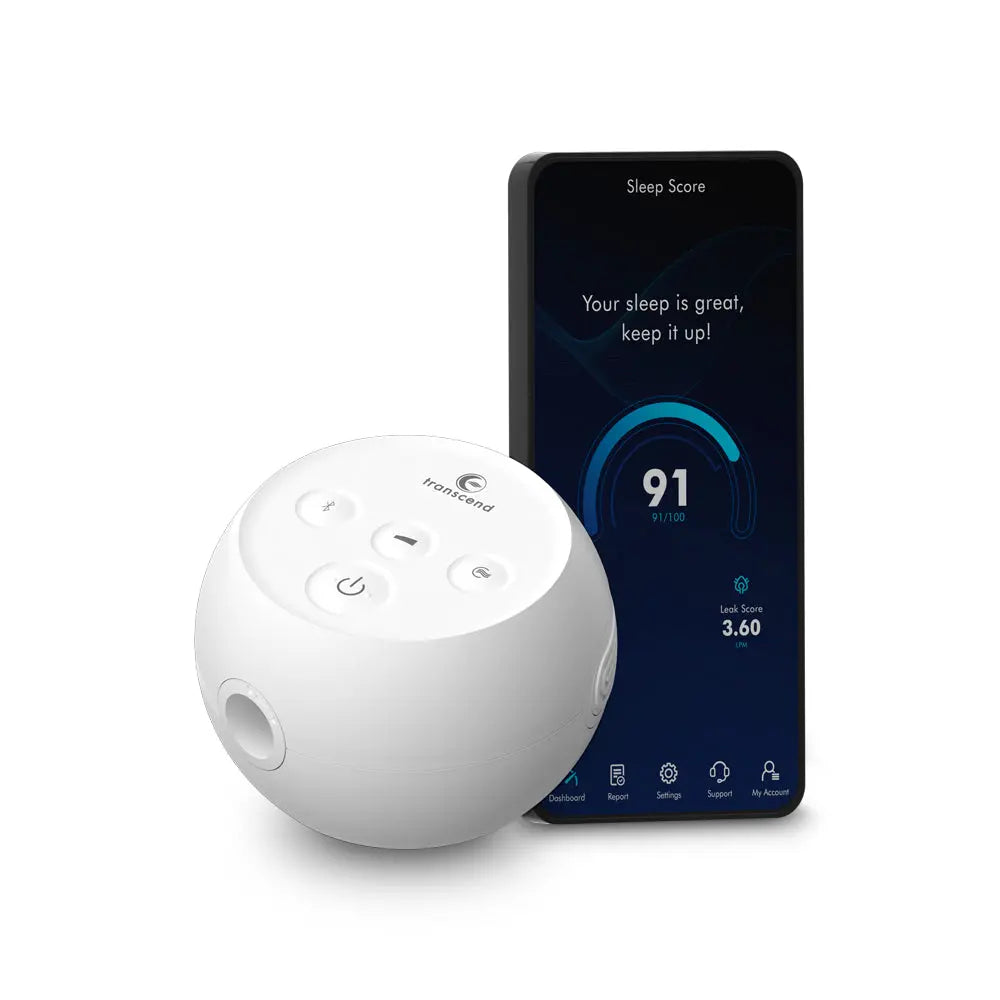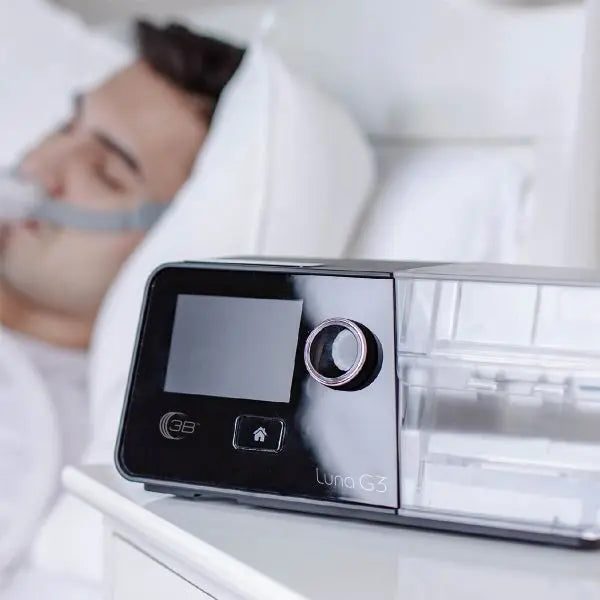Is Your CPAP Machine Failing You? 10 Warning Signs to Watch
Introduction
Continuous Positive Airway Pressure (CPAP) therapy is a mainstay treatment for obstructive sleep apnea and other breathing-related sleep disorders. When your CPAP machine works properly, it helps keep your airway open, allowing for restful sleep and improved overall health. However, if your machine experiences malfunctions or is not set up correctly, you may not receive the therapy you need. This article identifies the most common signs that your CPAP machine—particularly the ResMed AirSense 10 or AirSense 11—isn’t operating at peak performance and offers actionable solutions to help you sleep better.
1. Persistent Mask Leaks
Symptom
- Air blowing into your eyes or escaping from the sides of the mask.
- A higher leak percentage on your machine’s display or in your therapy data.
Why It Matters
Mask leaks can diminish the effectiveness of CPAP therapy by preventing the necessary air pressure from stabilizing your airway. Chronic leaks can also lead to dry eyes or skin irritation.
Troubleshooting
- Check Fit and Size: Ensure the mask you’re using is properly sized for your face.
- Adjust Headgear: Tighten or loosen the straps to minimize leaks.
- Consider a Different Mask Style: Nasal pillow, nasal, or full-face masks may suit different sleeping positions or facial structures.
- Inspect Components: Worn-out cushions, seals, or straps may need replacing more often than you think.
2. Frequent Dryness in Mouth, Throat, or Nasal Passages
Symptom
- Waking with a dry mouth or nasal passages.
- Feeling congested or having a sore throat in the morning.
Why It Matters
Moisture is crucial for comfortable and effective therapy. CPAP dryness can lead to throat irritation, congestion, and can make using the machine uncomfortable.
Troubleshooting
- Enable or Adjust Humidification: Both the AirSense 10 and AirSense 11 have integrated heated humidifiers. Increase or decrease your humidification level according to your comfort.
- Add Heated Tubing: Heated tubing (e.g., ResMed ClimateLineAir) helps maintain consistent temperature and humidity.
- Use a Chin Strap: If you breathe through your mouth, a chin strap or a full-face mask can help combat dryness.
3. Lower-than-Expected Pressure Delivery
Symptom
- Feeling as though the air pressure is not as strong as it once was.
- Experiencing symptoms of sleep apnea (daytime fatigue, snoring, or gasping at night) even though you’re using your CPAP consistently.
Why It Matters
CPAP therapy relies on consistent, calibrated pressure. If your machine isn’t delivering the correct pressure, sleep apnea symptoms may return or worsen.
Troubleshooting
- Check the Settings: Compare the displayed pressure setting with your prescribed pressure.
- Assess AutoRamp™ Feature: Both AirSense 10 and 11 come with AutoRamp™ which starts at a lower pressure and gradually increases. Disable this feature if you suspect it’s too gentle or taking too long to ramp up.
- Consult a Professional: A drop in pressure could indicate internal machine issues or a need for recalibration.
4. Unusual Noises or Whistling Sounds
Symptom
- Hearing rattling, buzzing, or high-pitched whistling from your machine.
- Noise levels that are louder than the normal soft hum.
Why It Matters
Excessive noise can signal mechanical failures or loose components. A whistling sound often indicates an improperly seated seal or damaged tubing.
Troubleshooting
- Secure All Connections: Double-check that the humidifier chamber, tubing, and filters are firmly attached.
- Replace Filters & Tubing: Worn or blocked filters and torn tubing can cause noise.
- Call Customer Support: If tightening connections doesn’t help, a part inside may need repair or replacement.
5. Erratic or Inconsistent Data Readings
Symptom
- Therapy data (leak rate, AHI, usage hours) fluctuates wildly day to day.
- Data missing or not syncing in the myAir™ app (for AirSense models).
Why It Matters
Accurate data is crucial for tracking your sleep health. Inconsistent data points may indicate an internal software or sensor issue.
Troubleshooting
- Update Firmware (if applicable): Check if an update is available for your CPAP machine or myAir app.
- Check Wi-Fi or Cellular Connection: If your data isn’t syncing, verify that your machine has a stable connection (AirSense 11 uses cellular and/or Wi-Fi).
- Consult Your Sleep Specialist: If your numbers are truly erratic and not just sync errors, a machine recalibration or thorough diagnostic may be necessary.
6. Overheating or Unusual Smell
Symptom
- A burnt plastic or chemical odor coming from the device.
- The machine is excessively hot to the touch, especially around the motor or humidifier compartment.
Why It Matters
Any sign of overheating is a serious concern as it can lead to machine failure or, in the worst case, pose a fire risk. Unusual smells might indicate a problem with internal components.
Troubleshooting
- Unplug & Let It Cool: Turn off and unplug your CPAP machine. Let it cool down fully before inspecting.
- Inspect the Water Chamber & Tubing: Sometimes mold or mildew can cause off-smells—cleaning or replacing the water chamber and tubing may fix this.
- Service or Replace: If overheating persists, discontinue use and contact a professional to assess the machine.
7. Visible Wear and Tear or Discoloration
Symptom
- Cracks in the machine housing, hose, or water chamber.
- Discoloration, especially brownish or yellowish tints on plastic components.
Why It Matters
Wear and tear can compromise the integrity of the machine, causing air leaks or safety risks. Discoloration might indicate overheating or chemical degradation.
Troubleshooting
- Regular Inspection: Check your CPAP components every few weeks for physical damage.
- Replace Damaged Parts: Using cracked or yellowed components can reduce therapy effectiveness and potentially cause health or safety issues.
- Contact Manufacturer/Provider: If the device housing is compromised, consult your durable medical equipment supplier or ResMed’s customer service.
8. Alarms or Error Messages
Symptom
- The AirSense 10 or 11 displays error messages, warning lights, or unusual on-screen prompts.
Why It Matters
Modern CPAP machines are equipped with error detection. Ignoring warnings can lead to more severe issues later.
Troubleshooting
- Follow On-Screen Instructions: Often, the CPAP machine gives basic guidance on how to correct the error.
- Reset the Device: Power down for at least 30 seconds, then turn it back on.
- Consult the Manual or ResMed Support: Persistent or frequent errors could mean a deeper mechanical or sensor problem.
9. Prolonged Ramp Time or Abnormal Pressure Changes
Symptom
- The pressure stays low for too long, or suddenly surges higher.
- You find yourself waking due to sudden changes in air pressure.
Why It Matters
If your CPAP’s algorithms for AutoRamp™ or auto-adjusting pressure (if you have an APAP version) aren’t working correctly, you won’t receive the therapeutic pressure at the right time.
Troubleshooting
- Verify Machine Settings: Ensure your Ramp Time, SmartStart™, or pressure range (for APAP devices) align with your prescription and comfort level.
- Clean Sensors & Filters: Blocked filters or dirty sensors can hamper airflow detection.
- Update or Recalibrate: Sometimes a software update or in-clinic recalibration is required.
10. Inconsistent Sleep Quality
Symptom
- Feeling fatigued, experiencing morning headaches, or noticing a relapse of apnea symptoms.
- Loved ones observe increased snoring or breathing pauses during your sleep.
Why It Matters
This can be an overarching sign that your machine, mask, or settings might not be properly optimized.
Troubleshooting
- Review Therapy Data: Look at your average pressure, leak rate, and AHI (Apnea-Hypopnea Index) on your CPAP’s display or in the myAir app.
- Consult Your Sleep Specialist: Your prescription may need updating, or you may need a different type of mask to ensure effective therapy.
- Regular Follow-Ups: Periodic sleep studies or professional evaluations can confirm your current therapy settings are still appropriate.
Maintenance Tips for ResMed AirSense 10 & AirSense 11
- Daily Mask and Cushion Wipe-Down: Gentle soap and warm water or mask wipes will help remove oils and dirt.
- Weekly Tubing & Humidifier Cleaning: Use a mild soap solution to clean and rinse thoroughly. Let it air-dry before reassembly.
- Filter Changes: ResMed recommends checking filters every month and replacing them regularly (at least every 3–6 months) or sooner if visibly dirty.
- Regular Software/Firmware Updates: Check with your CPAP provider or ResMed’s website for updates that may optimize performance.
- Annual Machine Inspection: Schedule an annual checkup with a qualified technician or your healthcare provider to ensure everything is working optimally.
Conclusion
Your CPAP machine is a vital component of your nightly routine, ensuring you get the restful sleep your body needs. Knowing the signs of potential issues—like persistent leaks, unusual noises, inconsistent data, or ongoing apnea symptoms—empowers you to act quickly and minimize disruptions to your therapy. By following the troubleshooting steps above and staying in close contact with your sleep specialist or CPAP equipment provider, you can keep your ResMed AirSense 10 or AirSense 11 operating at peak performance for years to come.
Bibliography
-
ResMed Official Website
- ResMed AirSense 10
- ResMed AirSense 11 - Kribbs, N. B., Pack, A. I., Kline, L. R., et al. (1993). Objective Measurement of Patterns of Nasal CPAP Use by Patients with Obstructive Sleep Apnea. American Review of Respiratory Disease, 147(4), 887–895.
- Epstein, L. J., Kristo, D., Strollo, P. J., et al. (2009). Clinical Guideline for the Evaluation, Management, and Long-term Care of Obstructive Sleep Apnea in Adults. Journal of Clinical Sleep Medicine, 5(3), 263–276.
- Sullivan, C. E., Issa, F. G., Berthon-Jones, M., & Eves, L. (1981). Reversal of Obstructive Sleep Apnoea by Continuous Positive Airway Pressure Applied through the Nares. The Lancet, 317(8225), 862–865.
- U.S. Food & Drug Administration. (2021). CPAP Devices and Sleep Apnea. Retrieved from FDA.gov








Leave a comment
This site is protected by hCaptcha and the hCaptcha Privacy Policy and Terms of Service apply.